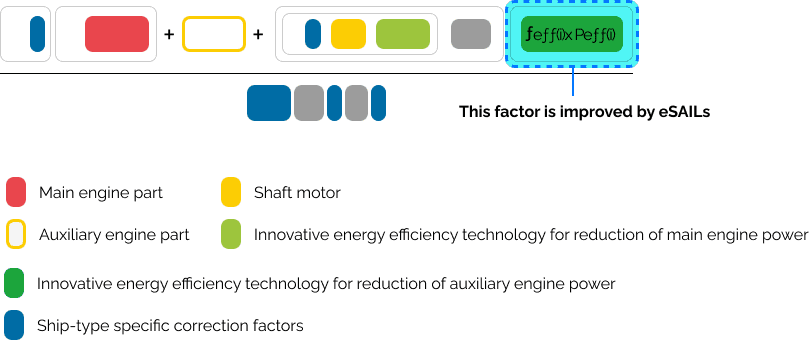EEDI & EEXI
Energy Efficiency Design Index & Energy Efficiency Existing Ships Index
The Energy Efficiency Design Index (EEDI) measures the grams of carbon dioxide emitted per tonne mile calculated based on the technical design parameters for a new ship.
This measure aims to increase the uptake of more energy efficient equipment and engines within the sector. The smaller the EEDI the more energy efficient ship design.
The International Maritime Organization has recognized the potential energy savings of wind-assisted propulsion technologies and has included its effects into the EEDI calculation, in which it is considered a method of reducing the main engine power requirements.
The Energy Efficiency Existing Ships Index (EEXI) is similar to the EEDI but applies to existing ships. It is a one-time certification for ships in operation and is mandatory – from 2023 onwards – for existing vessels above 400 Gross Tonnes falling under Marpol Annex VI, except for those ships already built according to EEDI Phase 2 or 3 requirements.
The EEXI calculation is very similar to the EEDI calculation.
